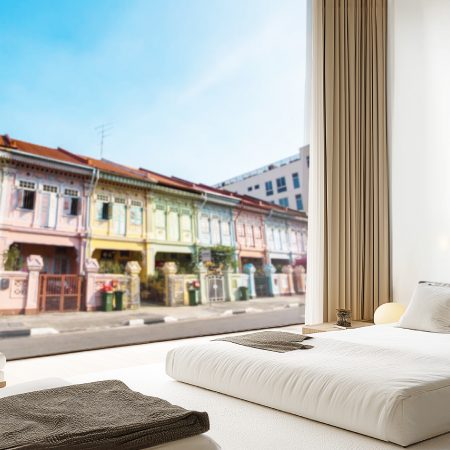Brews crews: Why JING Tea and Cathay are a perfect match
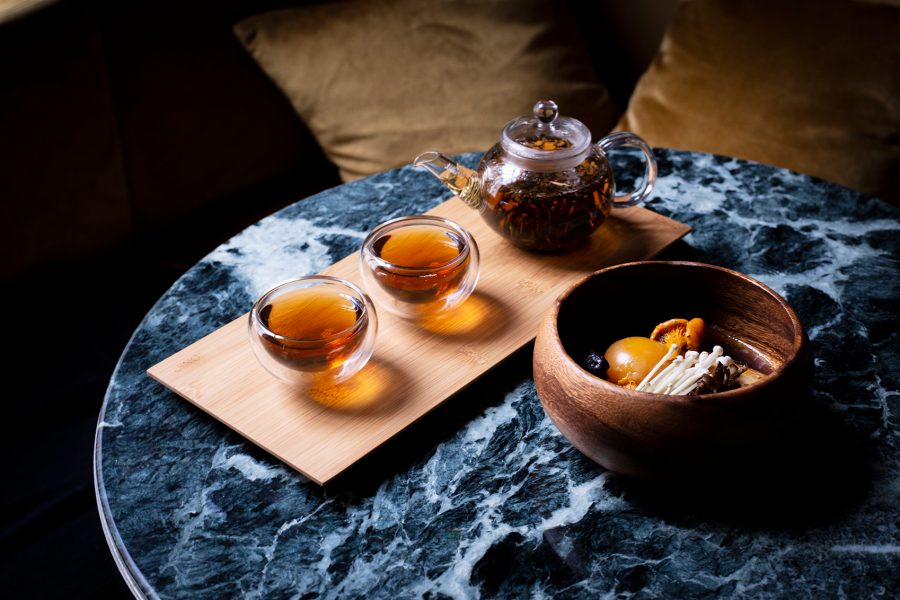
JING Tea is served in luxury establishments all over the world – and its exclusive blends can be found on Cathay Pacific flights, too. The artisanal tea company has crafted three new drinks for First class flyers, all created specifically to be enjoyed at 35,000 feet. While you’re sitting back with a glass of sparkling tea or steaming brew, consider the story behind those leaves.
Armed with an empty backpack and a hunger to learn, JING founder Ed Eisler set out across China in pursuit of the perfect cup of tea more than 20 years ago. After discovering loose-leaf teas in an Asian teahouse at 16 years old, he wanted something more than supermarket teabags and was willing to travel to get it.
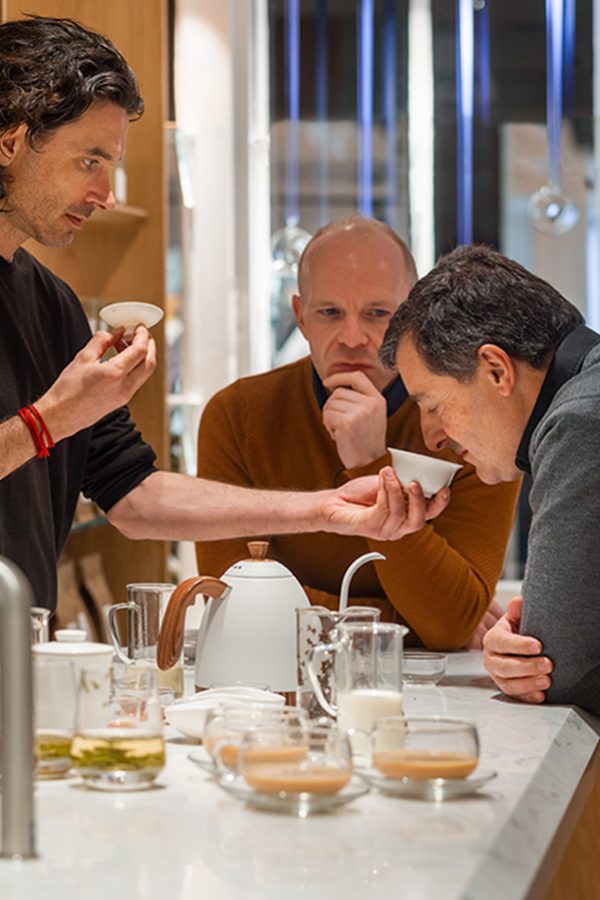
(Left) Edward Eisler
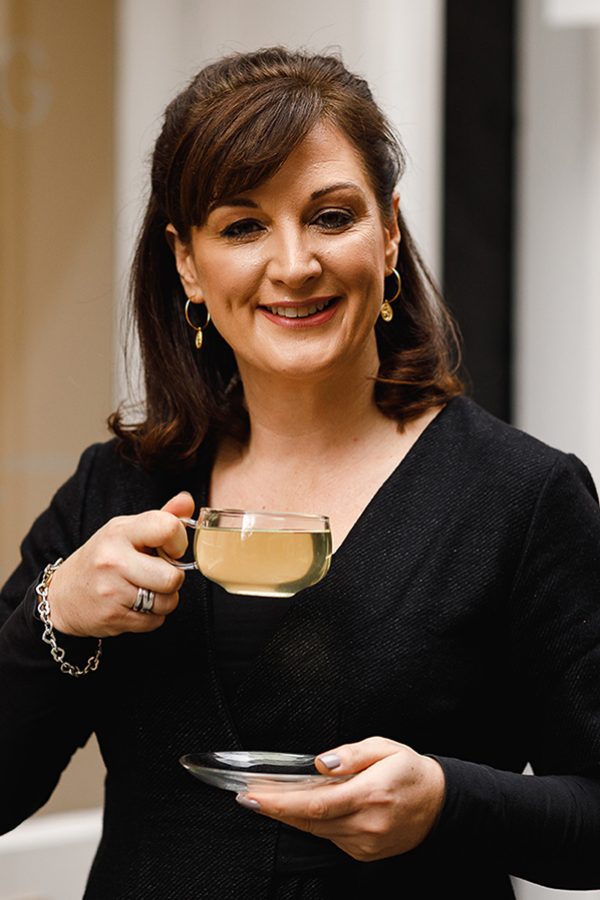
Catherine Archer, JING Tea CEO
When he returned to London, the twenty-something’s backpack was stuffed with Chinese teas, crafted by skilled teamakers – with some sourced from family-run tea gardens dating back generations. From there, JING Tea was born.
The British company, in operation since 2004, has come a long way since that pivotal trip. With between 70 and 80 different strains of single-garden tea in its current range, JING’s worldview encompasses Sri Lanka, Japan and India as well as China, where Eisler’s love affair began and where many of his company’s teas are still produced today in partnerships that promote sustainability and a fair deal for growers.
“Our real focus is creating unforgettable tea experiences, while supporting the people and places behind them to thrive,” says Catherine Archer, JING Tea CEO.
JING’s commitment to quality, sustainable practices and the founder’s love of travel made the partnership, forged in 2016, a natural fit for Cathay. “Both Cathay and JING are premium brands that evoke a sense of understated elegance and share common values,” says Vassilios Georgakopoulos, Head of Customer Experience, F&B and Service Design.
“In JING, we see a commitment to quality, authenticity, provenance and well-being, an ethos that resonates with our own brand,” he continues.
Archer adds, “Connection is absolutely at the heart of both brands - connecting customers to new people and places. Cathay do that through physical journeys, and JING through the taste journeys that we take people on.”
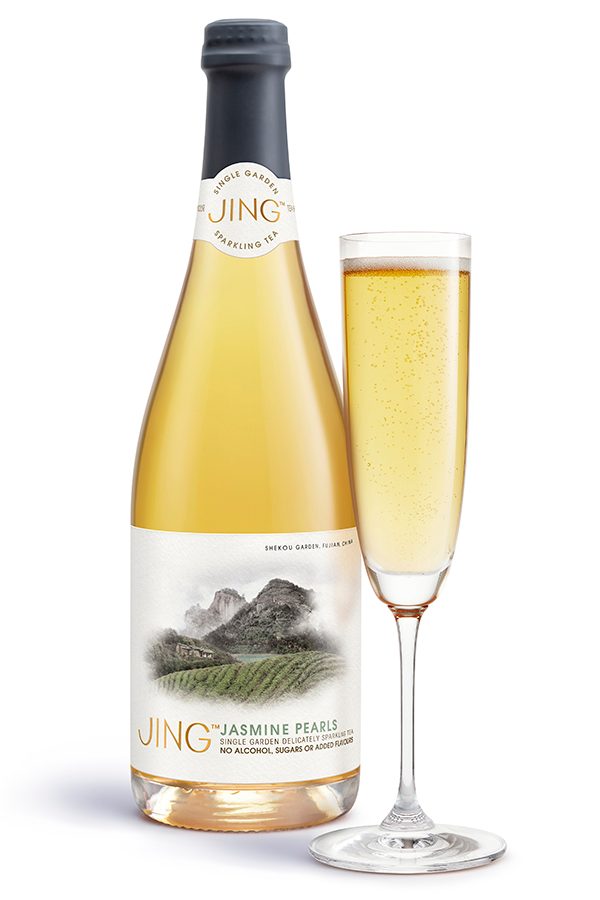
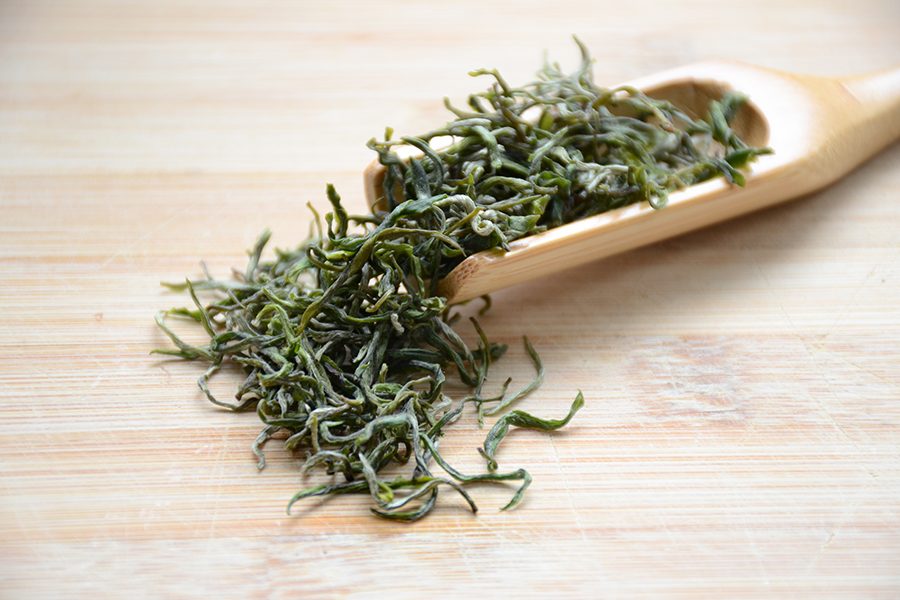
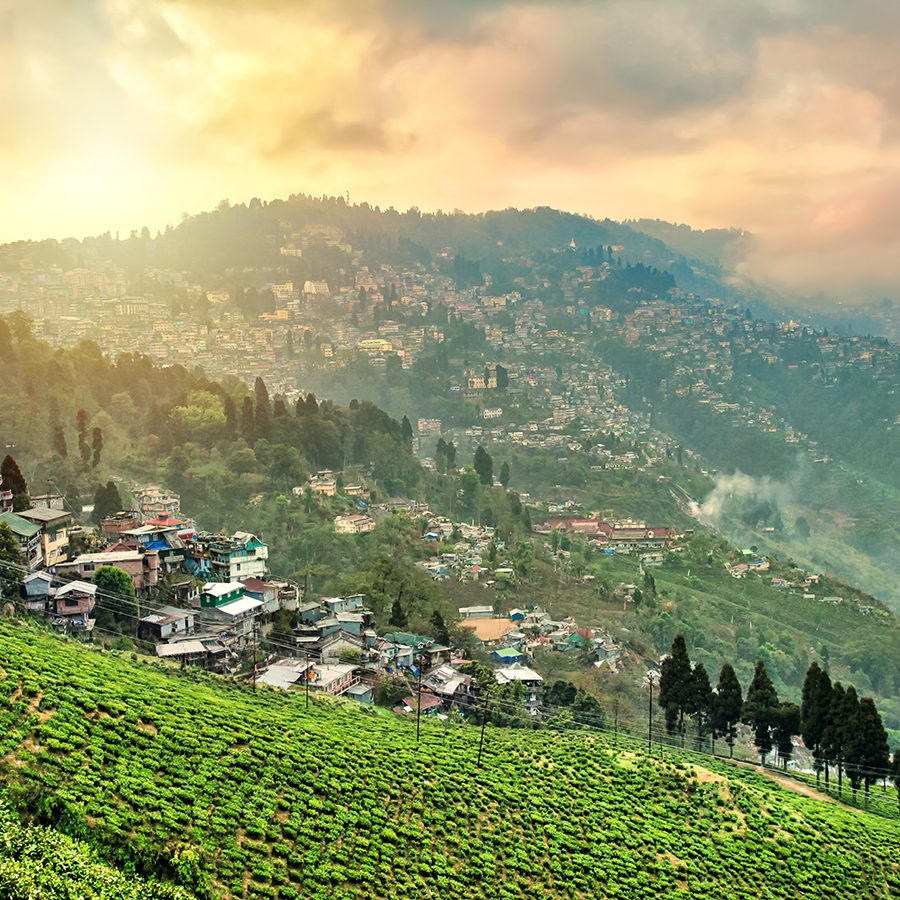
Brewing at new heights
While considerations like soil type, growing years and treatment methods are all familiar to the team at JING, brewing the perfect cup of tea on a plane was a new challenge. Although JING teas are readily available on the ground at Cathay’s lounges at Hong Kong, Singapore Changi, Shanghai Pudong and London Heathrow airports, taking it to the skies brought its own set of complications.
“Altitude impacts everything from the water's boiling point to the palate's response to flavours, with the exception of umami flavoured products,” says Archer. “So, when we began to work with Cathay, we invested a lot of time creating the perfect in-flight experience.”
What resulted was a range of blends that taste great at altitude, including umami-rich Japanese green teas and cups of Sri Lankan Ceylon breakfast tea that work well with the soft water on aeroplanes “to create a very smooth, rich taste”.
The JING team, who serve as tea consultants to high-profile chefs such as Heston Blumenthal and Thomas Keller, also meticulously developed a failsafe process for creating the perfect inflight cuppa on every journey. Archer says that the lower boiling point of water on planes meant that the team had to experiment with different quantities of tea and brewing times before arriving at the right formula.
Once perfected, Cathay Pacific cabin crew were given “comprehensive training” on the method, says Georgakopoulos. “Workshops were held to drive product understanding and enhance service delivery, along with staff training and tea field processing trips.”
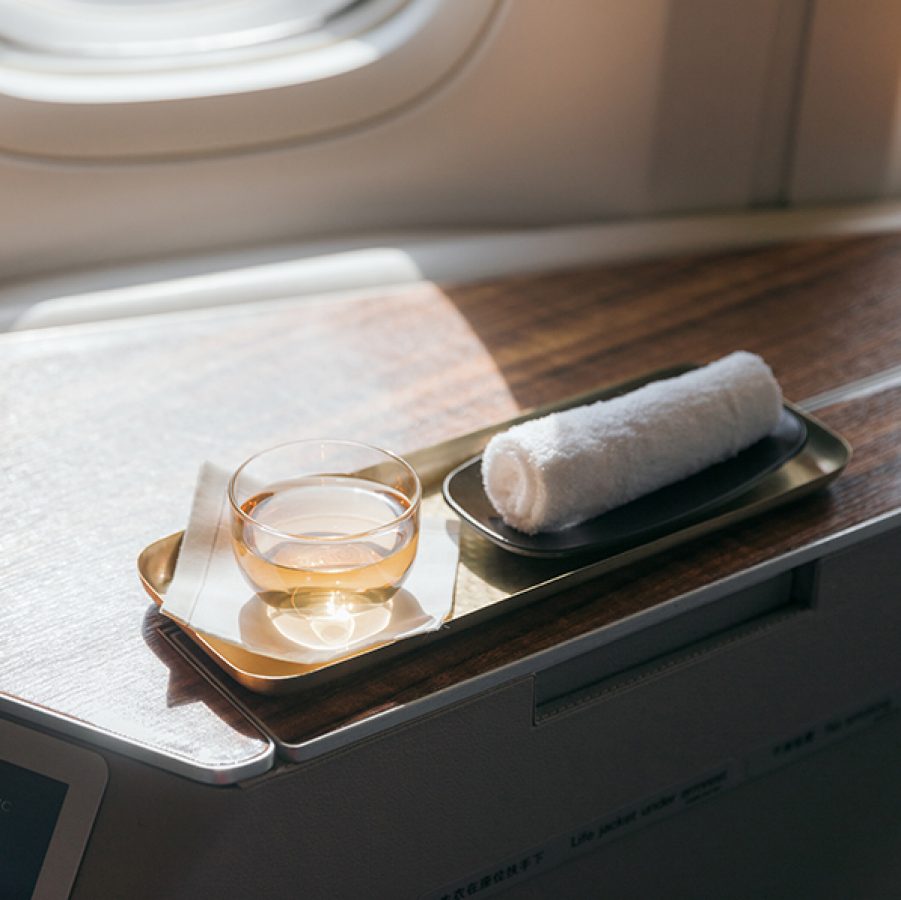
Both Cathay and JING also saw an opportunity to enhance the First class wellness menu by offering non-caffeinated teas and non-alcoholic alternatives.
“One of our signature and well-loved elements in First class is the reception tray that is presented to passengers as part of welcome service,” says Georgakopoulos.
Champagne is still served onboard, but Cathay sought to shake things up with the addition of a non-alcoholic drink that was “more sophisticated than water or a soft drink”, Archer says. Thus, the idea for sparkling tea was born.
The JING team headed to China’s Fujian province and began working with a teamaker on a “spring picked green tea”. For five days in a row, fresh jasmine flowers were laid on top of rolled green tea leaves and left to bloom overnight – infusing the leaves with a floral oil to add a “beautiful honey sweetness”. Afterwards, the leaves were slowly cold-brewed and carbonated, resulting in a sparkling jasmine pearls green tea.
Georgakopoulos describes the drink as a “clear expression of the tea leaf” with a floral, refreshing taste. Archer adds the sparkling tea is “very moreish, very intriguing, very dry. As special as a champagne, but with no alcohol or artificial ingredients”.
It’s now served in Cathay Pacific’s First class cabins as part of the welcome experience, with specially designed teaware crafted from pure borosilicate glass awaiting passengers as they board.
Special care was taken to craft two new teas for First class flyers. There’s Soothe: a stomach-settling tea that combines peppermint, ginger, fennel seed and lemon thyme, perfect after meals on board. Its counterpart is Calm, a caffeine-free blend of lavender, chamomile, lemongrass and orange peel to promote restful sleep.
“The infusions we developed not only to enhance the journey but also to ensure that you’re rested and ready for the adventure ahead,” says Archer.
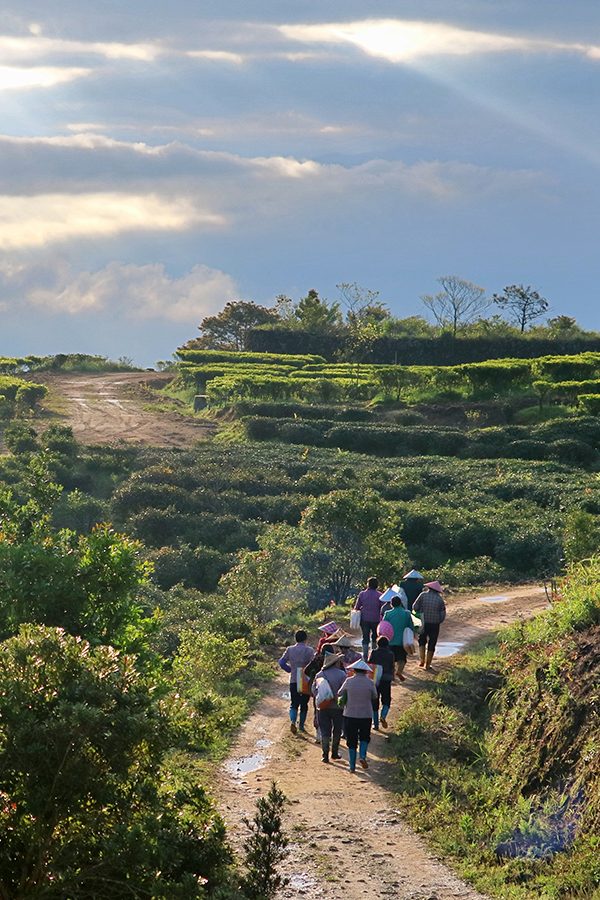
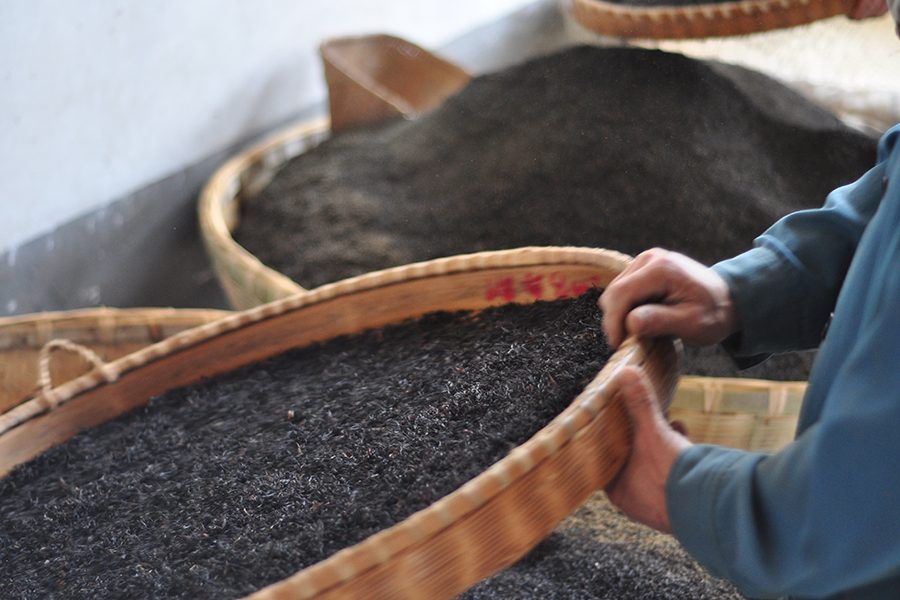
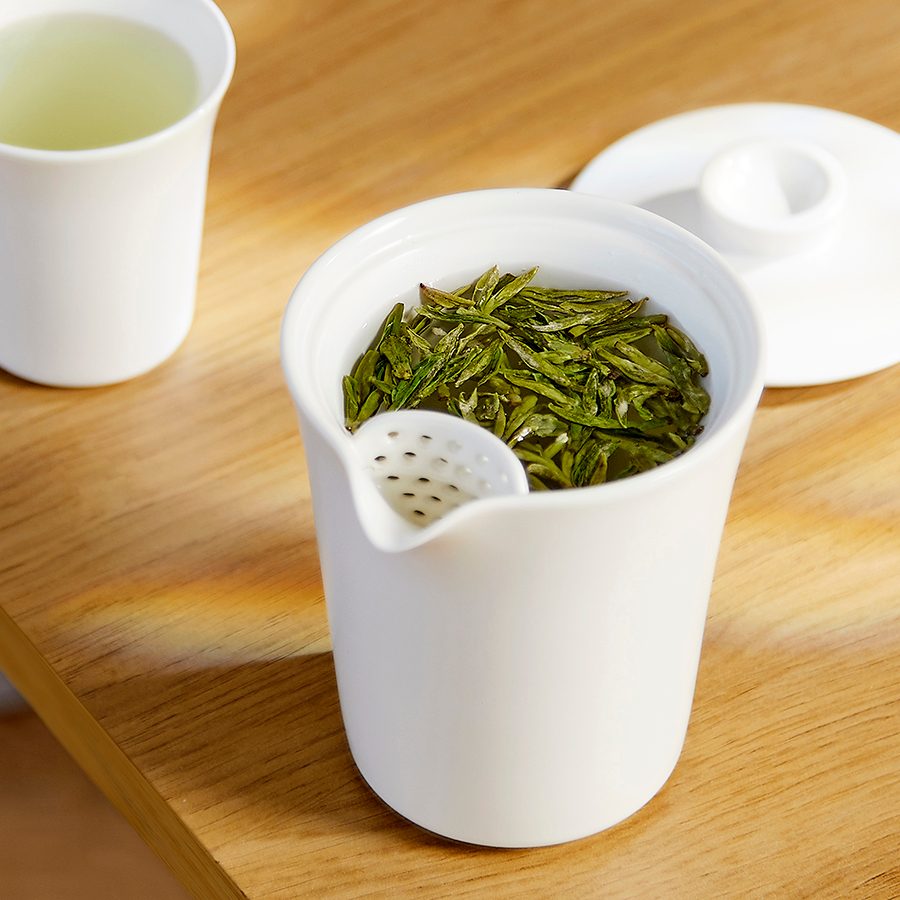
A special tea
JING may be a tea company, but travel is at its roots – starting all those years ago with Eisler’s first expedition to China. As Archer explains, “Travel is absolutely fundamental because working with teamakers at source is critical to us. Part of travel is building those relationships.”
The company’s focus on distinctive single-garden teas – teas created from leaves all sourced from the same farm – means that developing trusting relationships with partners across Asia is crucial. JING is a member of the Ethical Tea Partnership , which involves working with tea gardens on organic and sustainability farming methods, building rapport with master teamakers and being carbon neutral across all its teas.
“Developing relationships allows us to access those teas which are very desirable for their unique tastes that reflect the people and places from where they come, but which never normally leave the local region because of high demand,” says Archer. “It can take three or four years before a teamaker gives you access to the drawer with the special tea.”
Archer adds that Tom Price, JING’s Head of Tea, is about to board a flight to the Chinese Mainland. Like Eisler many years before him, he is off to find new and exciting teas, while nurturing the teamaker relationships that have been forged since Eisler’s first expedition.
“[Price] can taste 1,000 teas before he selects the one that we will source and sell that year,” Archer explains. The result of this care and attention to detail is a selection spanning the signature JING Assam breakfast tea to delicate chamomile blends.
She adds: “Each tea tells the story of those people in those places; these are the stories that we bring to life to help people explore new lands, new places, new faces.”
Thirsty for more? Our travellers agree, which is why we’ve made JING Tea products available to purchase online due to high demand. Shop with Cathay and enjoy your own cup of JING Tea on the ground, wherever in the world you may be.
- China – the Chinese Mainland, Hong Kong SAR, Macao SAR and Taiwan Region
- Hong Kong SAR - English
- Chinese Mainland (China) - English
- Taiwan, China - English
- 香港特別行政區 - 繁體中文
- 中国內地 - 简体中文
- 中國台灣 - 繁體中文
- Africa
- South Africa - English
- Asia
- Bangladesh - English
- Korea - English
- Singapore - English
- Cambodia - English
- 한국 - 한국어
- Sri Lanka - English
- India - English
- Malaysia - English
- Thailand - English
- Indonesia - English
- Maldives - English
- ประเทศไทย - ภาษาไทย
- Indonesia - Bahasa Indonesia
- Myanmar - English
- Vietnam - English
- Japan - English
- Nepal - English
- Việt Nam - tiếng Việt
- 日本 - 日本語
- Philippines - English
- Australasia
- Australia - English
- New Zealand - English
